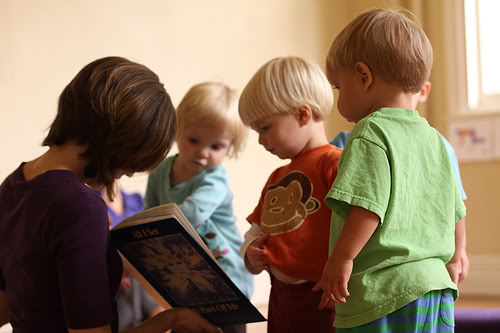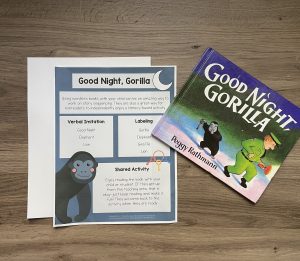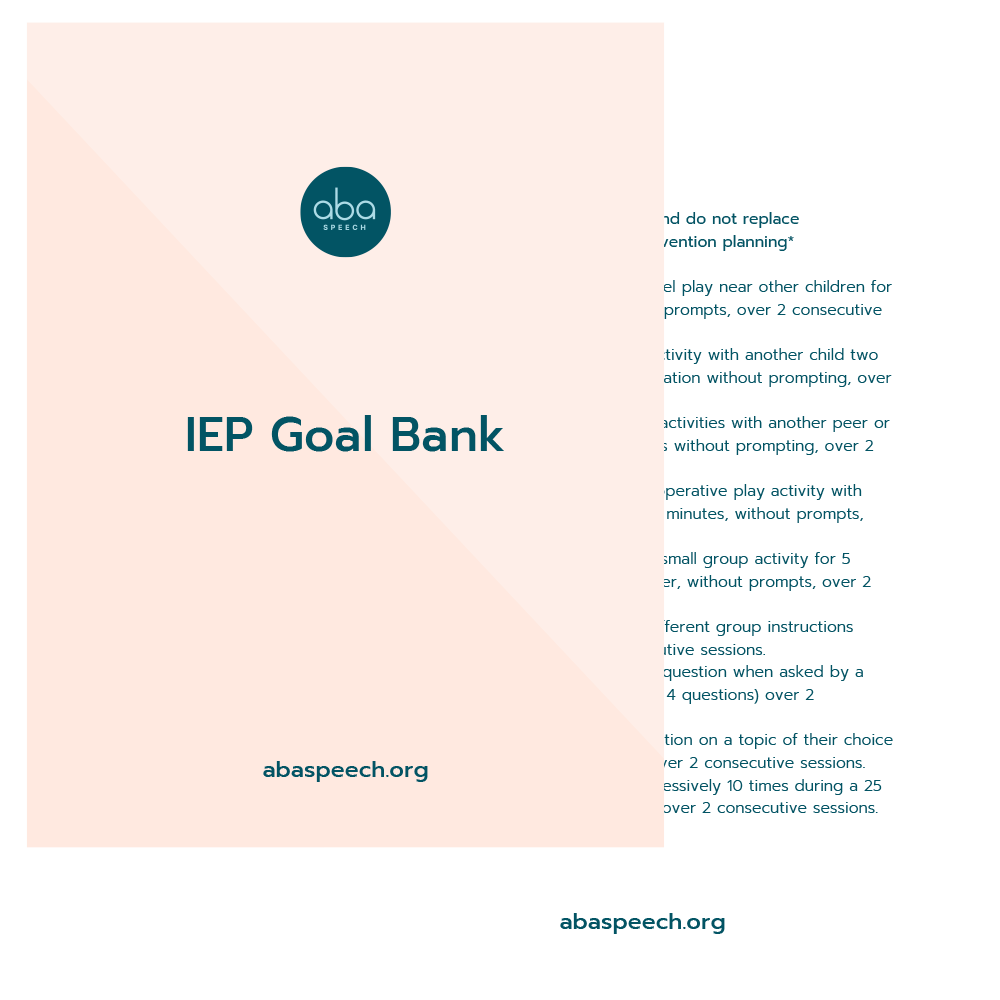Have you ever used wordless picture books during assessment or therapy sessions? If not, you should try one out! You might wonder why are there few to no words? Wordless picture books express narratives through colorful illustrations rather than words, allowing the reader to utilize their own imagination and create a dialogue. This often takes the pressure off a student to read the words so he/she can focus on producing a narrative using imagination and creativity. There are so many great options available, and they can be used with a variety of ages. For those of you who aren’t familiar with these types of books or those are need ideas on how to use them, ABA is here to help you!

How Can We Use Wordless Picture Books in Assessment and Therapy?
Wordless picture books can be highly useful and effective in both assessment and therapy sessions. During assessment, they are a great tool to use when collecting a language or speech intelligibility sample. The opportunities to use wordless picture books during therapy sessions are endless! There’s a strong connection between oral language and literacy. Sharing wordless picture books provide a great way to build important comprehension and literacy skills and facilitate exposure to new vocabulary. They also teach students sequencing skills and how stories are structured. In addition, these books enable students to work on joint attention during a shared activity. Students can work with a parent, therapist, or a peer to practice these skills. This also boosts social-emotional learning. Additionally, you can target higher level language skills, such as inferencing and predicting, as well as critical thinking skills. Students can use hints or clues through examining the pictures to determine what they know or see. At the end of the book, there are also excellent opportunities to summarize the book and recall the events in order, to work on sequencing and a variety of other language skills.
Examples of Wordless Picture Books
There are many excellent wordless picture books available. They vary in levels of complexity, allowing you to choose based on the learning level of your student. Some are simple and repetitive where others are more visually complex with more detailed storylines. One great example of a wordless picture book is Good Night, Gorilla. This book contains colorful, engaging illustrated pages portraying a zookeeper who says goodnight to all the animals in the zoo. During the story, a sneaky gorilla takes the zookeeper’s keys and releases all the animals. This book has very few words (i.e. “good,” “night,” “gorilla,” “dear,” “zoo,”) and the names of the animals. The minimal words provide an opportunity for the reader to use his/her imagination and create a story. A couple of other examples of great wordless picture books are Chalk and Treasure Bath. Chalk contains highly engaging illustrations of children finding a seemingly magical bag of chalk, while visiting the park on a rainy day. They are surprised when their drawings come to life! Treasure Bath contains bright illustrations portraying a little boy who has to take a bath after getting messy while helping his mom bake a cake. Both these books also facilitate excellent opportunities for the reader to use his/her imagination to create a story. In addition to these titles I have mentioned, there are several other great options so I encourage you to check them out!

Free Resource
ABA Speech is excited to offer a fun wordless picture book content upgrade! Be sure to scroll down to the bottom, and input your e-mail to get your free Good Night, Gorilla content upgrade! This is the perfect supplement to ease your planning for activities and therapy sessions for all ages!

0 Comments